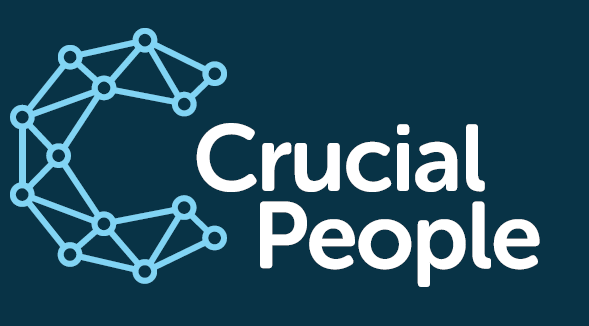Unlocking Employee Happiness: Strategies for Long-Term Retention and Satisfaction
Introduction
In today's fiercely competitive job market, employers are constantly seeking effective strategies to keep their top talent engaged and invested in the organisation. The globalisation of the workforce, coupled with the rise of remote working opportunities, has created an environment where employees have more choices than ever before. This has led to a shift in power dynamics, placing employees in a position to demand more from their employers.
Whether through offering competitive compensation, providing opportunities for career growth and development, or creating a supportive work-life balance for employees, it's vital to keep retention at the forefront of business strategy. Gone are the days when a simple salary package was enough to attract and retain the best in the industry.
Today's employees are looking for a holistic approach that not only recognises their contributions but also nurtures their professional and personal growth.
Competitive Compensation: In an era where information about salary ranges and benefits is readily available, organisations must ensure that their compensation packages are not only fair but also aligned with industry standards. This includes not just the base salary but also bonuses, benefits, and other financial incentives that make an employment offer attractive.
Career Growth and Development: The modern workforce is driven by opportunities for continuous learning and growth. Employees are no longer satisfied with stagnant roles; they seek clear career pathways, mentorship, training, and opportunities to expand their skill sets. Organisations that invest in the professional development of their employees are more likely to retain top talent.
Work-Life Balance: The importance of a healthy work-life balance cannot be overstated. With the blurring lines between work and home, especially in the context of remote working, employees are seeking flexibility and support from their employers. This includes flexible working hours, mental health support, and a culture that values life outside of work.
By focusing on these key areas, organisations can create an environment that not only attracts top talent but also encourages them to stay. Employee retention is not a one-size-fits-all approach; it requires a tailored strategy that considers the unique needs and expectations of the workforce. It's a continuous process that demands attention, investment, and a genuine commitment to creating a workplace where employees feel valued and supported.
Let's explore various strategies that your organisation can implement to ensure long-term employee happiness and satisfaction. In the following sections, we will delve into the practical steps and innovative approaches that can make your organisation a preferred place to work, fostering loyalty and driving success in today's complex business landscape.

Competitive Compensation
Understanding Market Trends
Analysing Industry Standards and Trends
In an ever-changing business landscape, understanding the prevailing compensation trends is essential. Regularly reviewing industry standards ensures that your organisation remains competitive. Here's how you can approach this:
- Stay Informed: Subscribe to industry reports, attend webinars, and network with peers to stay abreast of the latest trends in compensation.
- Benchmark Regularly: Utilise tools and services that provide data on industry salary standards. Compare your organisation's compensation packages with those of competitors to identify gaps or advantages.
- Adjust Accordingly: Be prepared to make necessary adjustments to your compensation strategy to align with industry norms. This proactive approach helps in retaining existing employees and attracting new talent.
Importance of Offering Competitive Salaries and Benefits
Attracting and retaining top talent requires a compensation package that matches or exceeds industry norms. Here's why it's crucial:
- Attract Top Talent: Competitive salaries and benefits act as a magnet for skilled professionals looking for new opportunities.
- Reduce Turnover: Employees are less likely to seek opportunities elsewhere if they feel they are fairly compensated.
- Enhance Reputation: Being known for offering competitive compensation can enhance your organisation's reputation, making it a preferred employer in the industry.
Tailoring Compensation Packages
Customising Benefits to Meet Individual Employee Needs
Every employee is unique. Tailoring benefits to individual needs can increase satisfaction and loyalty. Here's how to do it:
- Understand Employee Preferences: Conduct surveys or one-on-one discussions to understand what benefits are most valuable to your employees.
- Offer Flexible Packages: Provide options for employees to choose the benefits that best suit their needs, such as flexible working hours, childcare support, or additional vacation days.
- Communicate Clearly: Ensure that employees understand the available options and how to select the benefits that are right for them.
Examples of Innovative Compensation Strategies
From stock options to wellness programmes, innovative compensation strategies can set your organisation apart. Consider these approaches:
- Stock Options: Offering stock options can align employees' interests with the company's growth and success.
- Wellness Programmes: Investing in employees' health through wellness programmes can increase overall satisfaction and productivity.
- Continuous Learning Opportunities: Providing access to courses, workshops, and training can be a valuable part of the compensation package, fostering professional growth.
- Unique Perks: Think outside the box and offer unique perks that resonate with your workforce, such as pet insurance, travel allowances, or hobby-related classes.
Opportunities for Career Growth and Development
Creating Clear Career Pathways:
Importance of Transparent Career Progression
In today's dynamic work environment, employees seek more than just a job; they look for a career. Transparent career progression is not just a perk but a necessity for retaining top talent.
- Understanding Employee Aspirations: Regular one-on-one meetings to understand individual career goals and aligning them with organisational objectives can foster a sense of purpose.
- Clear Communication of Opportunities: Providing clear information about potential career paths, promotional criteria, and opportunities for advancement creates trust and motivation.
- Regular Performance Reviews: Regular and transparent performance evaluations help employees understand where they stand and what they need to do to advance.
Strategies for Employee Skill Development
Investing in the continuous growth of employees is a win-win for both the individual and the organisation.
- Training Programmes: Tailor-made training programmes that focus on both hard and soft skills can enhance employee capabilities.
- Mentorship Programmes: Pairing employees with experienced mentors can provide guidance, support, and insights into career progression.
- Recognition of Achievements: Acknowledging and rewarding skill development encourages employees to continue growing.
Investing in Continuous Learning:
Offering Training Programmes, Workshops, and Courses
Continuous learning is the cornerstone of innovation and growth. Here's how to implement it:
- Identify Skill Gaps: Regular assessments can help identify areas where training is needed.
- Diverse Learning Opportunities: Offering a mix of online courses, workshops, and in-house training caters to different learning preferences.
- Alignment with Business Goals: Ensure that training programmes align with both individual career goals and broader business objectives.
Encouraging a Culture of Continuous Learning and Growth
A culture that values learning not only attracts top talent but also nurtures their growth.
- Leadership Support: Leaders who champion learning set the tone for the entire organisation.
- Learning Resources: Providing access to books, online platforms, and other learning resources empowers employees to take charge of their development.
- Celebrating Learning: Creating a culture where learning is celebrated encourages continuous personal and professional growth.
Supporting Work-Life Balance
Flexible Work Arrangements:
Benefits of Remote Work and Flexible Hours
In the modern workplace, flexibility is more than just a perk; it's a necessity. Here's why:
- Increased Productivity: Allowing employees to work remotely or choose flexible hours can lead to increased productivity. By working during their peak energy levels, employees can accomplish more in less time.
- Enhanced Employee Well-being: Flexibility in work arrangements supports a better work-life balance, reducing stress and burnout. Happier employees are often more engaged and committed to their work.
How to Implement Flexibility Without Sacrificing Productivity
Implementing flexible work arrangements doesn't have to mean compromising efficiency. Here's how to do it right:
- Set Clear Expectations: Outline the responsibilities and expectations for remote or flexible work. Make sure employees understand what is expected of them.
- Foster Trust and Communication: Regular check-ins and open communication channels ensure that everyone stays on the same page. Trust your employees to manage their time effectively and encourage them to reach out with any concerns.
- Utilise Technology: Use collaboration tools and project management software to keep track of progress and facilitate teamwork.
Promoting a Healthy Work Environment:
Importance of Mental and Physical Well-being
A healthy work environment goes beyond physical safety; it encompasses mental and emotional well-being as well:
- Overall Well-being Leads to Productivity: Employees who feel mentally and physically well are more likely to be productive and engaged in their work.
- Reduces Absenteeism: Supporting employee well-being can reduce absenteeism and turnover, saving costs and maintaining continuity in your team.
Strategies for Creating a Supportive and Inclusive Workplace Culture
Creating a supportive and inclusive culture is essential for long-term retention. Here's how to foster such an environment:
- Offer Mental Health Support: Consider providing access to mental health resources, such as counselling services or wellness programmes. Encourage open conversations about mental health.
- Promote Inclusivity: Ensure that your workplace policies are inclusive and that diversity is celebrated. Provide training on unconscious bias and create channels for open dialogue.
- Encourage Physical Wellness: Offer opportunities for physical exercise, whether through gym memberships, walking meetings, or encouraging regular breaks. Physical health contributes to overall well-being.
- Recognize and Reward Efforts: Regularly acknowledge and reward employees' efforts. Recognition fosters a positive work environment and shows employees that their contributions are valued.
Measuring Employee Satisfaction
Regular Feedback and Surveys:
Importance of Understanding Employee Needs and Concerns
Understanding the needs and concerns of employees is at the heart of a successful retention strategy. Regular feedback is not just a tool for assessment; it's a vital communication channel that helps in understanding and addressing employee concerns proactively.
- Open Dialogue: Encourage an open dialogue where employees feel comfortable sharing their thoughts and concerns. This fosters a culture of trust and collaboration.
- Timely Responses: Addressing concerns promptly shows that the organisation values its employees' opinions and is committed to their well-being.
- Actionable Insights: Feedback provides actionable insights that can be used to make informed decisions, enhancing the overall work environment.
Tools and Methods for Gathering Feedback
Various tools and methods can be used to gauge employee satisfaction, each with its unique benefits:
- Annual Surveys: These provide a comprehensive overview of employee satisfaction and can be tailored to assess specific areas of interest.
- Regular One-on-Ones: Personal meetings with employees offer a more intimate understanding of individual needs and concerns.
- Feedback Apps and Platforms: Utilising technology can make the feedback process more efficient and engaging, allowing for real-time insights.
Analysing Retention Metrics:
Key Metrics to Track for Retention Success
Retention success is not just about intuition; it requires careful tracking and analysis of specific metrics:
- Turnover Rate: A high turnover rate may indicate underlying issues with job satisfaction, compensation, or work-life balance.
- Employee Engagement: Measuring engagement levels can provide insights into how connected employees feel to their work and the organisation.
- Performance Metrics: Understanding how well employees are performing can help in identifying areas for growth and development.
How to Use Data to Drive Continuous Improvement
Data-driven decisions are essential in today's business environment. Here's how to leverage data for targeted improvements in retention strategies:
- Identify Trends: Analyse data over time to identify trends and patterns that may indicate potential challenges or opportunities.
- Set Clear Goals: Based on the insights gathered, set clear and measurable goals for improvement.
- Monitor Progress: Regularly review progress towards the set goals, making necessary adjustments to ensure success.
- Involve Employees: Engage employees in the process, as their insights and participation can add valuable perspectives.
The journey towards long-term employee happiness and satisfaction requires a holistic approach encompassing competitive compensation, career development, and work-life balance. By implementing these strategies, organisations can create a thriving workplace culture that not only attracts top talent but keeps them engaged and invested for the long haul. It's time for organisations to evaluate and implement these strategies, ensuring a prosperous future for both employees and the business as a whole.
#EmployeeRetention #CareerDevelopment #WorkLifeBalance











